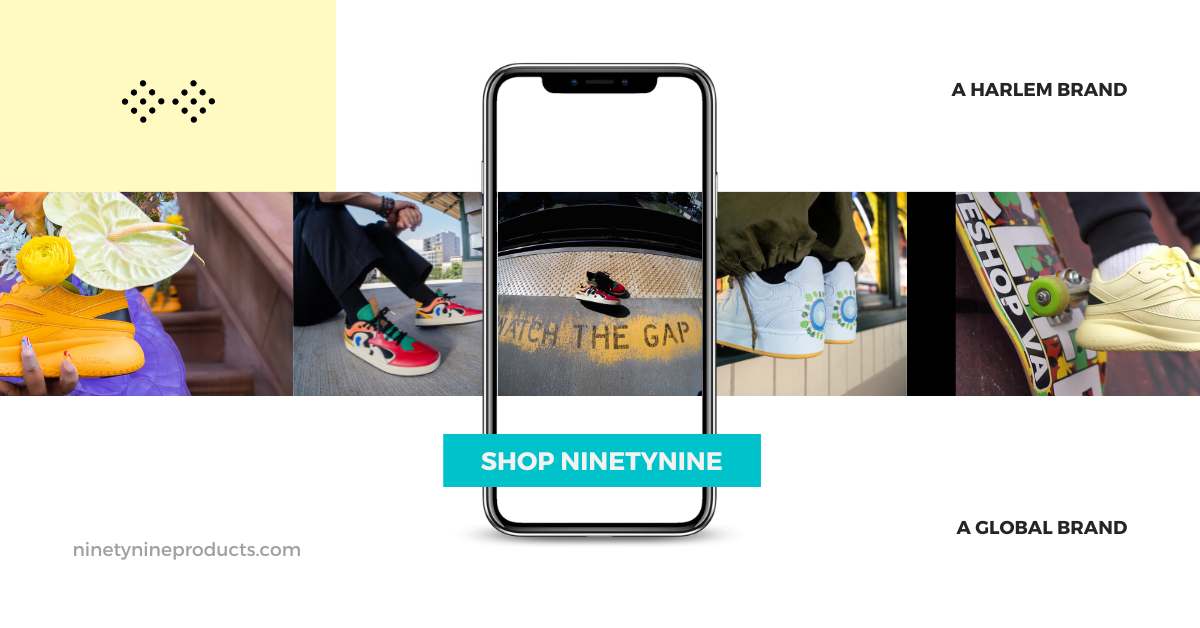It’s time for a revival of window displays, argues CallisonRTKL’s Ignaz Gorischek. Visual merchandising is important SOURCE: https://www.callisonrtkl.com/you-are-here/reviving-lost-art-visual-merchandising/
One of the better managers in a retail setting, Greg Garber, is often writing statements about the problems with sneaker retail. His point of view derives from over twenty years in the business and it would be wise for his own store chain to call on him as he has a very keen understanding of his business and by default is a bonus to his company. Most employees, managers, are looking to get theirs and are only showing up because it’s the job they have… that’s not Greg. We often have extended debates on retail dives and what brands are doing wrong in the delivery of product. One brand that has become a sore spot is adidas.

Recently adidas launched one of my favorite shoes. I call them the Ewings still, but the Rivalry returned to small accounts across the country. adidas did an excellent launch in NYC. Every brand makes sure to do something incredible in NYC, and it makes sense because a great NYC launch can deliver a solid return on a limited release. If a brand only makes 10,000 shoes and 1000 of those kicks are sold in NYC let’s do some sneaker math.
- It’s an older model so all in the brand probably paid 28.00 dollars to ship and land the model in the U.S. That’s 280,000
- The Rivalry OG’s SRP is 110.00. If adidas sold 1000 pair in NYC via their own doors that’s 110,000. Leaving only 170,000 dollars to recoup their investment.
- The brand wholesales the other 9000 pair at a cost of 55 a pair that’s 495,000. adidas makes 325,000 on the wholesale of the model.

Now this is where I have a serious problem with adidas. Even if the brand only wholesales all of the footwear the brand would still make 550,000 – 280,000 = 270,000. This really simple math is an accurate amount, but it doesn’t get to the heart of this post and something that Greg stated this morning on LinkedIn, “another head-scratcher from The Three Stripes. Didn’t know they were coming. No POP graphics, nothing. Postscript to the Top Tens—one pair sold after six full days of sales (I would have sold another if I had size 13).” Greg’s frustration is over the arrival of a black Continental 80. A model that is currently on sale at every sneaker store I’ve visited in the last week and I’ve visited at least 30 stores.
Note that Greg brings up the Top 10 from adidas. Every drop from adidas is arriving to his stores without any merchandising, which takes me back to the title and the article in the source link. adidas gained considerable ground for a couple of years as Nike worked on expansion and their direct to consumer strategy. Nike is now back at full strength and adidas has been struggling at retail. The growth they’ve experienced has trailed off, but it’s not because adidas is making poor product. adidas is making great product, but as the only brand in a position to give Nike a run at wall space, the company does an extremely bad job at visual merchandising.

Then again they don’t do a bad job… look at the picture above. I know that this is a display for a pop-up event and that the utilization of art at this type of event isn’t realistic for the brand to include with the delivery of their shoes, right?
In Ignaz’s article he states about visual merchandising, “Even though they are often the first thing a potential customer sees, windows are shockingly underutilized and underappreciated in today’s retail design market. They all look alike, featuring some combination of a blown-up photo, a non-descript mannequin and a sale sign haphazardly taped to the glass. It seems we have forgotten the art and power of visual merchandising through window styling.”
Look at the picture above. Stores already have a similar layout. However, the store is working on small margins so forcing the brand to merchandise is asking a lot. Asking the brand to install the art the brand sends does not ask a lot. It’s easy.
More important, as Nike leaves real estate in stores because of their hard push towards DTC, you would think that brands would ramp up their merchandising to take advantage of Nike’s “here you go, sell it” strategy. Unfortunately brands aren’t taking advantage because there isn’t any real love for the consumer or for the business. Greg loves the business he’s in, but he’s frustrated just like most managers who have to struggle to educate the consumer, when a great visual could do so much.
As retailers and designers move forward, I’m not suggesting that we hop in a time machine to the past. Instead, we should take window displays and visual merchandising to the next level. This means creating interactive displays, ones that connect technology and social media with traditional retail theater.
Spread the love.


